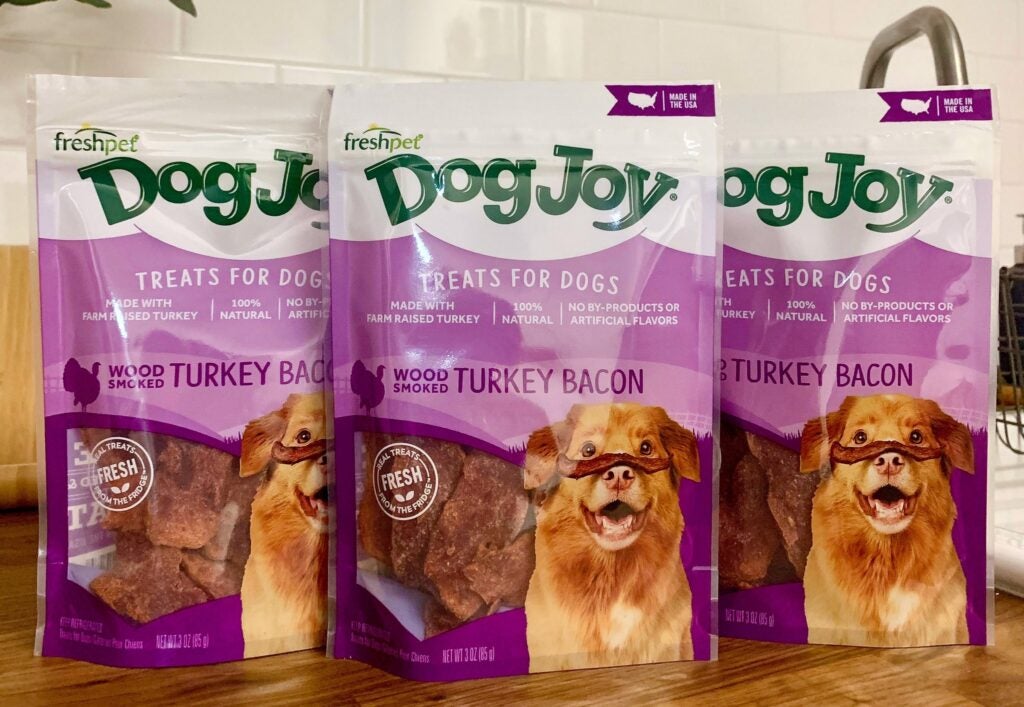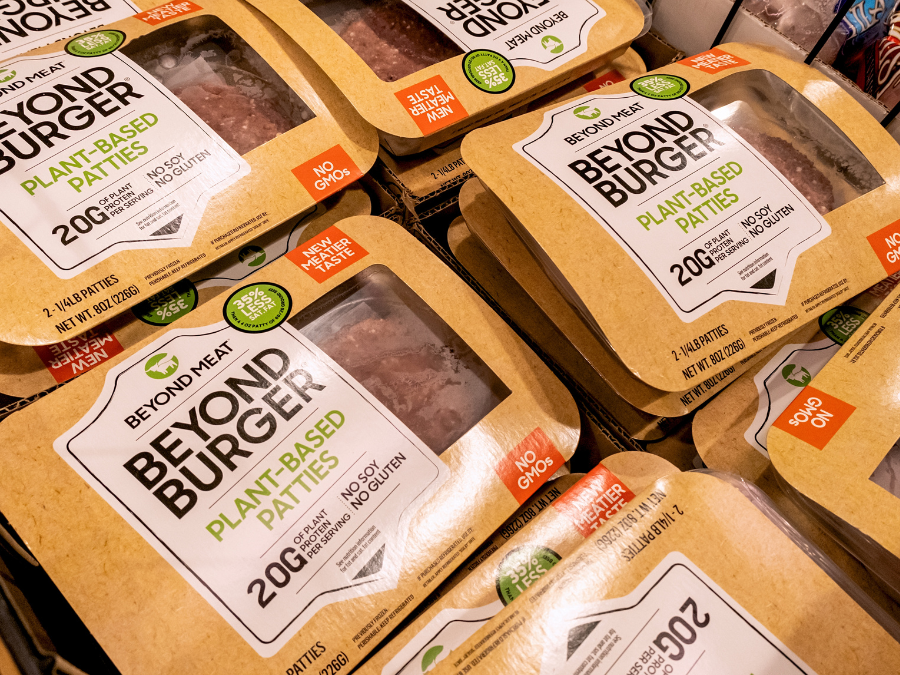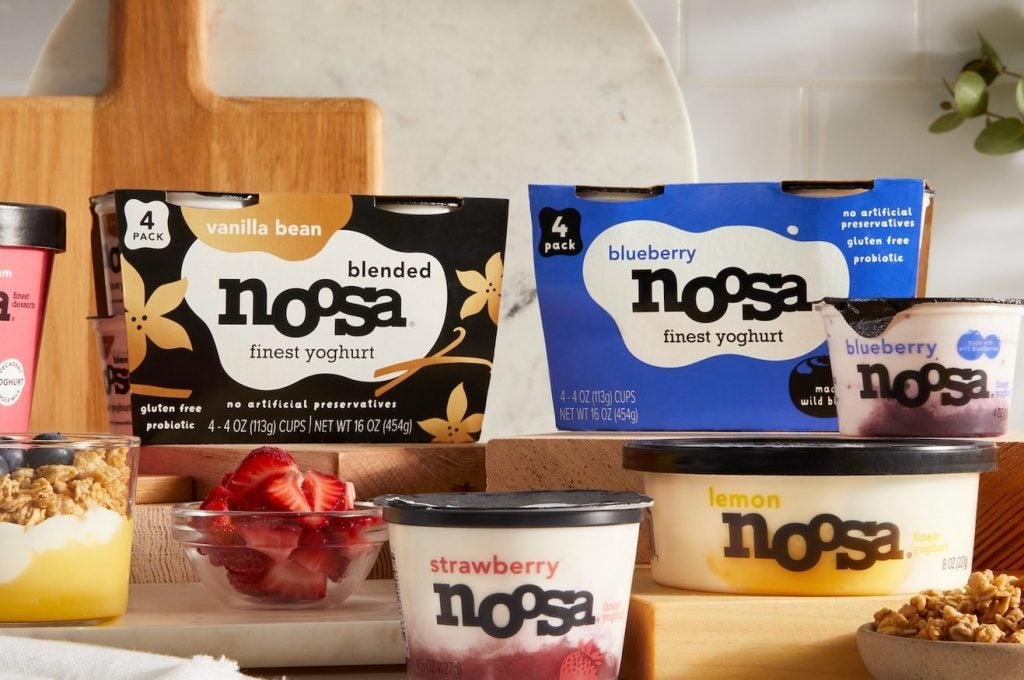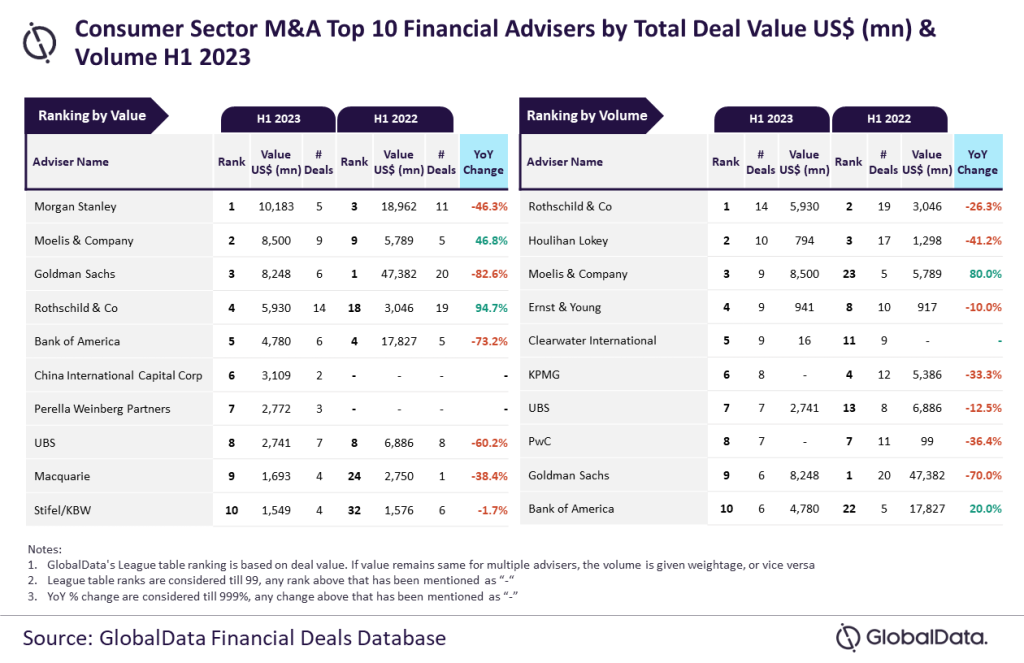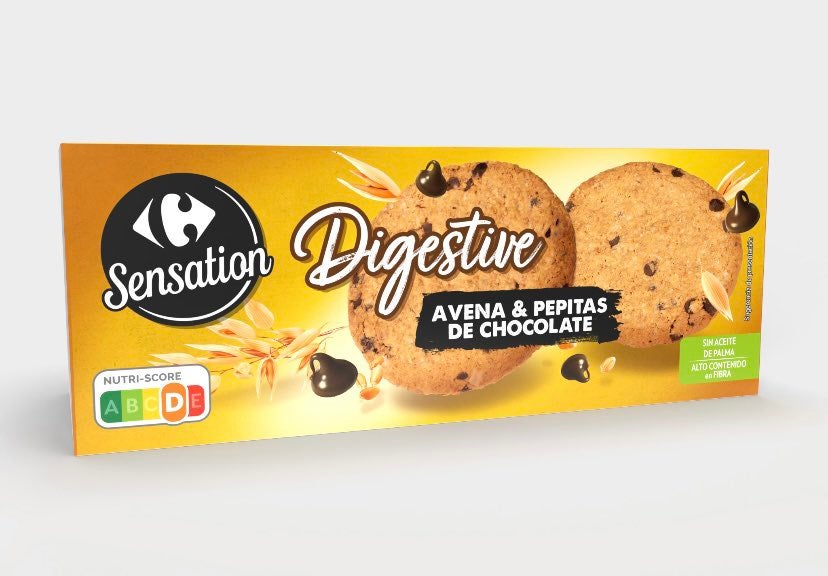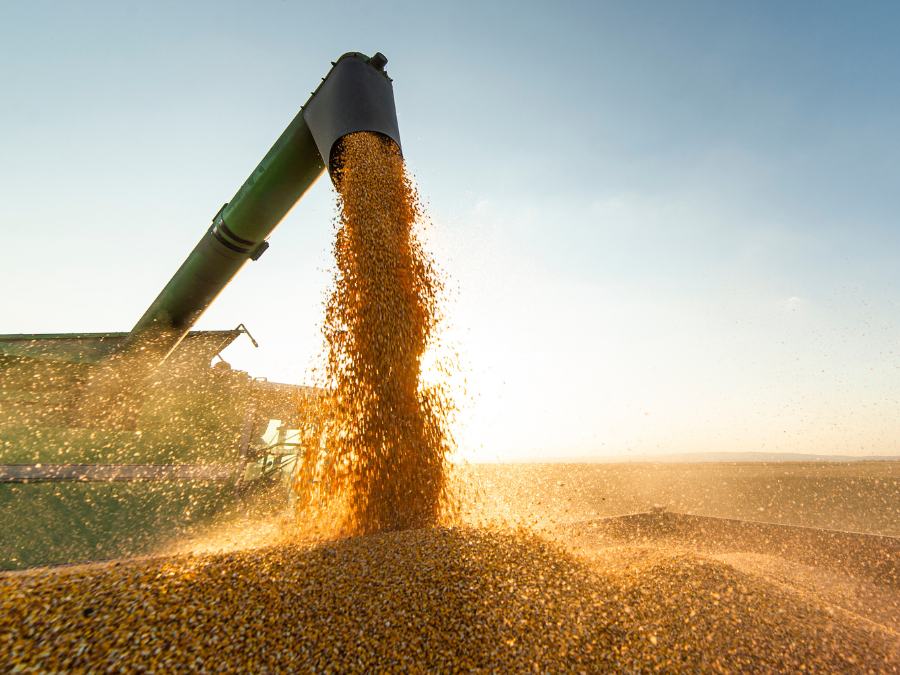Freshpet anticipates sales growth will be driven more by volumes than pricing through the back half of the year as cost pressures subside.
Reflecting on the emerging industry trend of easing input-cost inflation, CEO Billy Cyr said in his second-quarter results presentation yesterday (7 August) that “unlike many other CPG companies our volume consumption was strong and the growth is accelerating as the year-on-year benefits of higher pricing recede”.
New Jersey-based fresh pet-food maker Freshpet has increased prices by 27% over the past 18 months, including 7% in the second quarter to 30 June. Pricing will ease to “less than” 5% in the final quarter with volumes edging up into the “mid-20s” area by year-end, CFO Todd Cunfer said.
“In terms of the cadence of our business for the balance of 2023, we expect to continue the strong growth we demonstrated in the first half, but the net sales growth will increasingly be driven by volume growth versus pricing growth,” he added.
Volumes accelerated to 18% in the quarter, from 14% in the first three months and 12% in the end quarter of 2022.
CEO Cyr said household penetration rates “reaccelerated” in the first quarter “once consumers digested the higher pricing that we have implemented over the past 18 months”, and were up 10% on 52-week basis.
Net losses prevail
Freshpet’s sales rose on the back of pricing but the Nasdaq-listed business continued to deliver bottom-line net losses, although with a corresponding improvement in adjusted EBITDA, which turned positive.
Net sales climbed 25.6% to $183.3m and were up 26.1% year to date at $350.9m. Freshpet, which has been under pressure since last year to improve performance from Jana Partners, its largest shareholder, aims to reach $1.8bn in sales in 2027.
Net losses for the quarter narrowed to $17m from $20.6m, but for the year so far widened to $41.7m versus $38.1m.
Adjusted EBITDA, however, switched to a profit of $9m and $12m, respectively, for the two periods, from corresponding losses a year earlier of $1.9m and $2.2m.
“In Q2, we made significant progress on the adjusted EBITDA improvement that we committed to delivering this year, while simultaneously reaccelerating the household penetration and volume growth that supports both our near-term and long-term growth targets,” Cyr said.
Adjusted EBITDA guidance was raised to “at least” $55m from “at least” $50m previously, with Cunfer indicating around half of the full-year target is expected to be realised in the final three months. The sales outlook was kept at $750m.
Cunfer explained the cadence between building volumes and EBITDA: “We spend more heavily in media in the first half; almost two-thirds of our spend happened in the first half versus the second half," he said.
“That delta between first half and second half in absolute dollars is almost $25m. That's a huge chunk of EBITDA second-half weighting. And then just sequentially, every quarter, we're anticipating revenue will be larger, and we'll obviously get the variable margin off of that.”
Freshpet is currently ramping up capacity at its new plants in Ennis, Texas, and Dallas DC, but additional staffing levels are likely to weigh on the gross margin.
The gross margin dropped 270 basis points in the second quarter to 32.3% in reported terms, but adjusted, Cunfer said the metric rose 110 points to 39.8%.
“This improved performance was due to a variety of factors, including improvements in the cost of inputs, quality, better pricing, and a solid start-up in Ennis, all aspects of our operational improvement plan that our team is focused on,” he explained.
“We expect these elements will continue to improve as we move forward and drive continued margin enhancement.”


